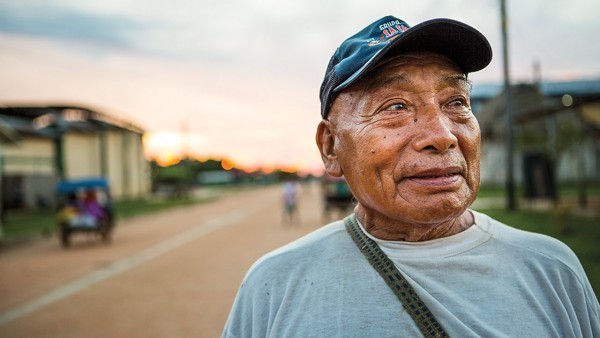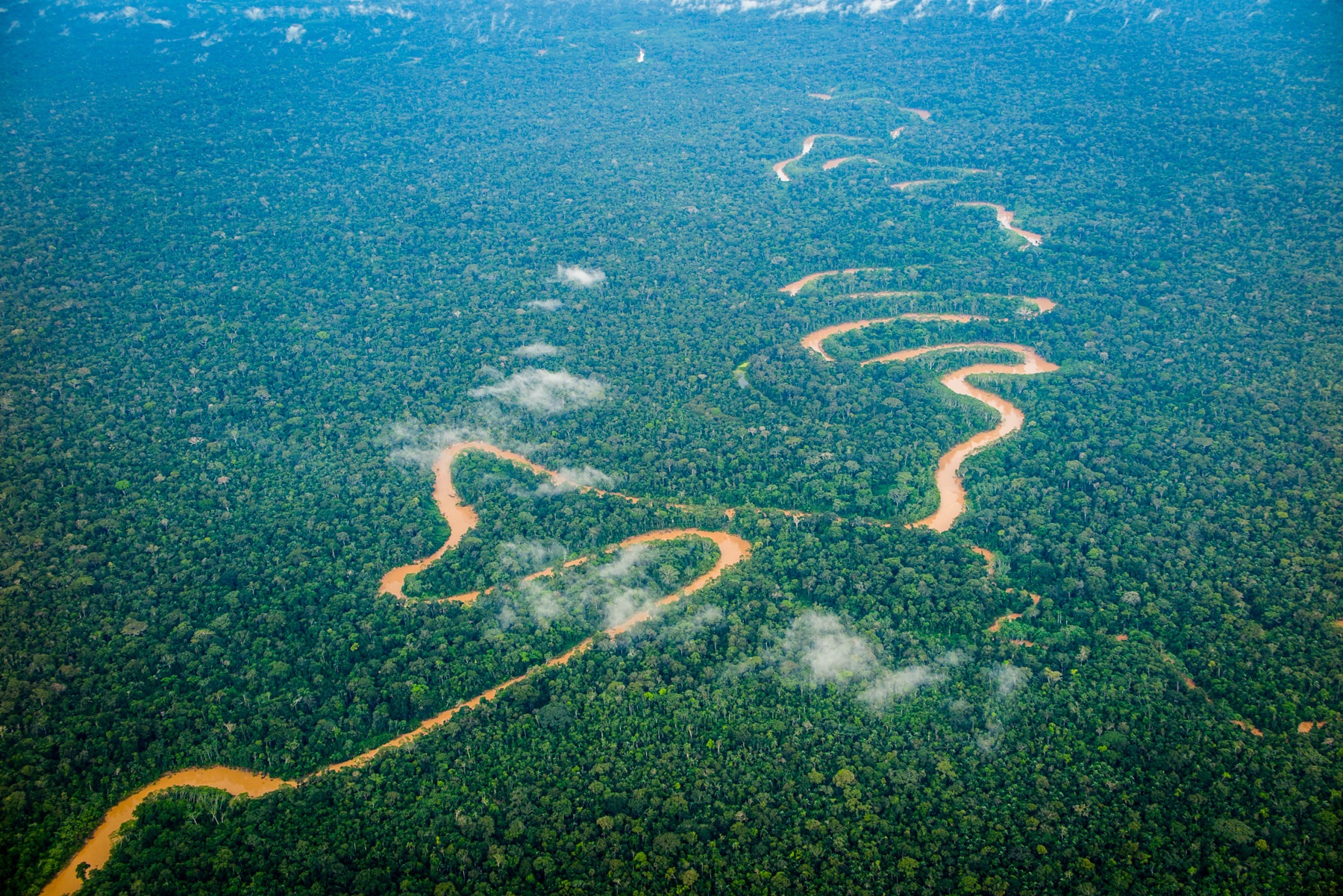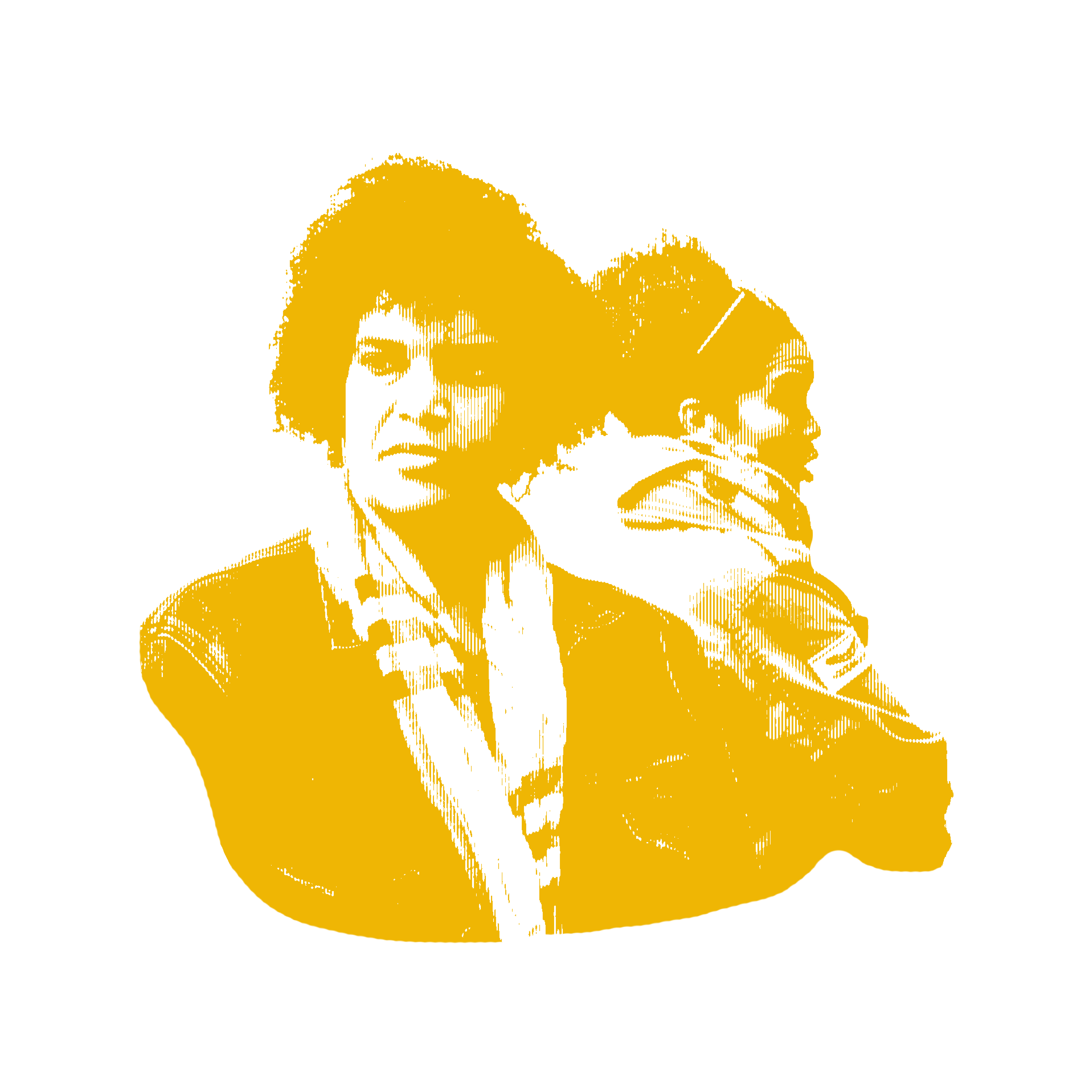
COLUMBIANA, PERU—One day in the early 1950s, when he was a young child living with his family in the Amazon rainforest, Marcelino Pinedo Cecilio encountered his first outsiders. At the sight of light-skinned people who wore clothes, "my mother grabbed me and we ran into the forest," recalls the 69-year-old.
Not long after, a man whom Cecilio remembers as a German anthropologist visited their isolated village on the upper Curanja River in this remote corner of the Amazon. (Anthropologists say the visitor may have been ethnographer and photographer Harald Schultz, who worked for what later became FUNAI, the Brazilian governmental agency that protects indigenous people.) "We were naked," Cecilio says. "He came with machetes, mosquito nets, axes, and clothes."
The visitor stayed 1 night before heading upriver, then returned a couple of weeks later, leaving behind a necklace of fish bones as a gift. Soon after, villagers developed a sore throat and burning fever. Cecilio estimates that 200 people died and the tribe scattered. "We were so weak, and some vanished into the forest." The tribe blamed the necklace, thinking it was poisoned.
Cecilio remembers growing up in a huge long house with dozens of families. They grew manioc, yucca, peanuts, corn, and jungle potato, sometimes using a root with spines to clear fields. They made arrows using bamboo, sharpening points with the teeth of a large rodent. "We kept good relations with other tribe members who lived in the area, celebrating together and holding competitive games as well," he says. The brief visit from the outside spelled an end to that life.
Like so many indigenous peoples since the arrival of the Portuguese and Spanish here in the 16th century, Cecilio's group was likely struck down by a common Western disease—maybe influenza or whooping cough—inadvertently carried by the visitor. It is an old story: Within a year of the arrival of Spanish conquistador Hernán Cortés and his smallpox-carrying troops in 1519, for example, half the population of the Aztec capital of Tenochtitlán perished, historians estimate. Today's isolated tribes are in the same position as those New World peoples 5 centuries ago, with immune systems naive to such pathogens, says Lima-based anthropologist Beatriz Huertas. "They are particularly susceptible to respiratory and eye diseases," she says.
In the past century, American missionaries, anthropologists, and loggers brought the pathogens. Now, drug traffickers and television crews play that role. In Manu National Park, just south of where Cecilio lives, at least four people of the Matsiguenka forest community died in an epidemic in 2007. A 2008 report by Peruvian anthropologist Daniel Rodriguez links the illness to a visit by a film crew who wanted to include the Matsiguenka in the popular British series World's Lost Tribes: New Adventures of Mark and Ollie. Rodriguez concluded that the crew strayed beyond the area included in their permits, which were designed to avoid such transmissions. The company denied both charges.
As increasing numbers of isolated people emerge from the forest, their risk of disease is growing. Finding ways to protect them is an urgent concern (see main story), anthropologists say.
Today, Cecilio again lives along the Curanja, where he makes feathered headbands and cultivates a garden. This spring, he shared his knowledge of traditional plant medicines with a visiting German biologist.
Despite the bitter memories, Cecilio's gentle smile radiates kindness. Asked whether he misses his youthful days in the forest, he doesn't hesitate. "No!" he says firmly. He would like to find a way to talk with the peoples still in isolation. "I want them to know there is another way of life."






